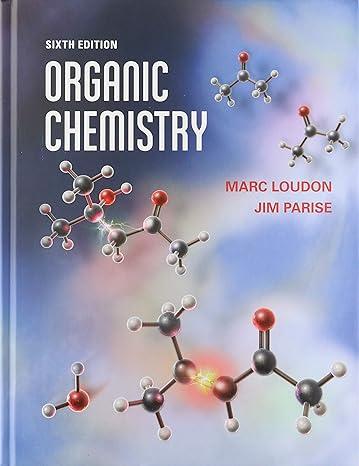The d 1.21.5 region of the 300-MHz NMR spectrum of 1-chlorohexane, given in Fig. 13.13, is complex
Question:
The d 1.2–1.5 region of the 300-MHz NMR spectrum of 1-chlorohexane, given in Fig. 13.13, is complex and not first-order.
Assuming you could synthesize the needed compounds, explain how to use deuterium substitution to determine the chemical shifts of the protons that absorb in this region of the spectrum. Explain what you would see and how you would interpret the results.![FIGURE 13.13 The NMR spectrum for Study Problem 13.4. 2400 absorption 2100 | I [] 8 7 1800 C6H13Cl 6 1500 5](https://dsd5zvtm8ll6.cloudfront.net/images/question_images/1701/6/7/1/763656d7353ca7f81701671763013.jpg)
Fantastic news! We've Found the answer you've been seeking!
Step by Step Answer:
Related Book For 

Question Posted:





